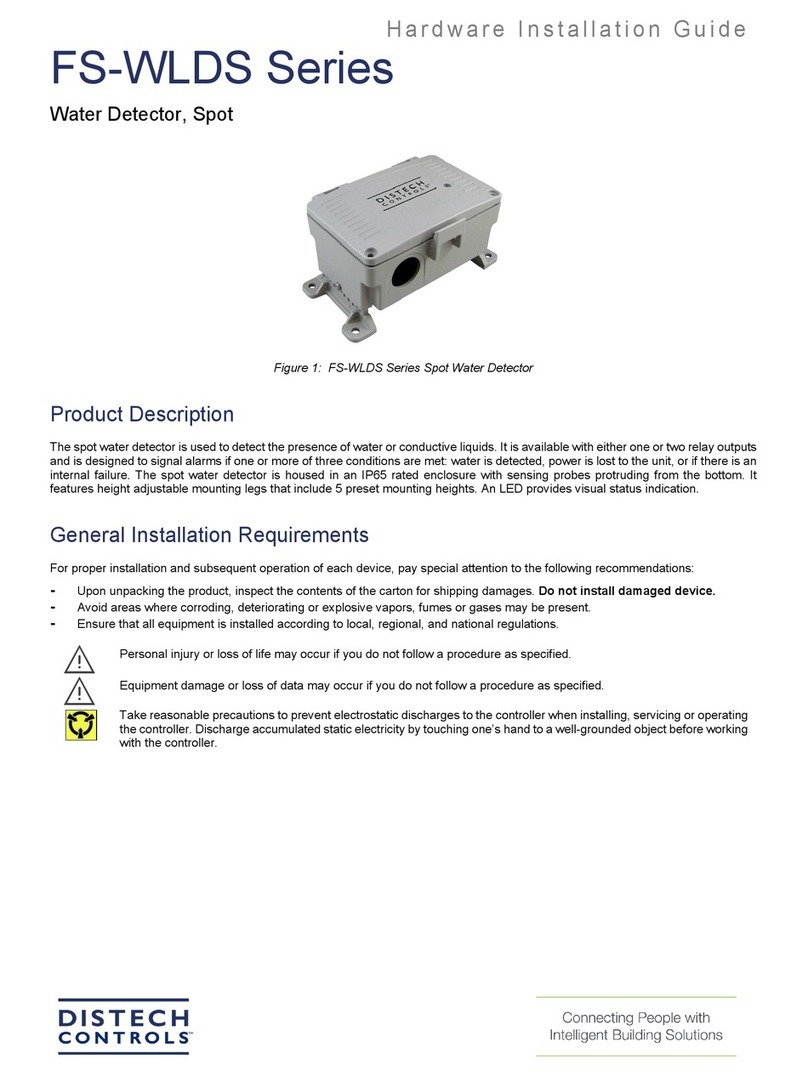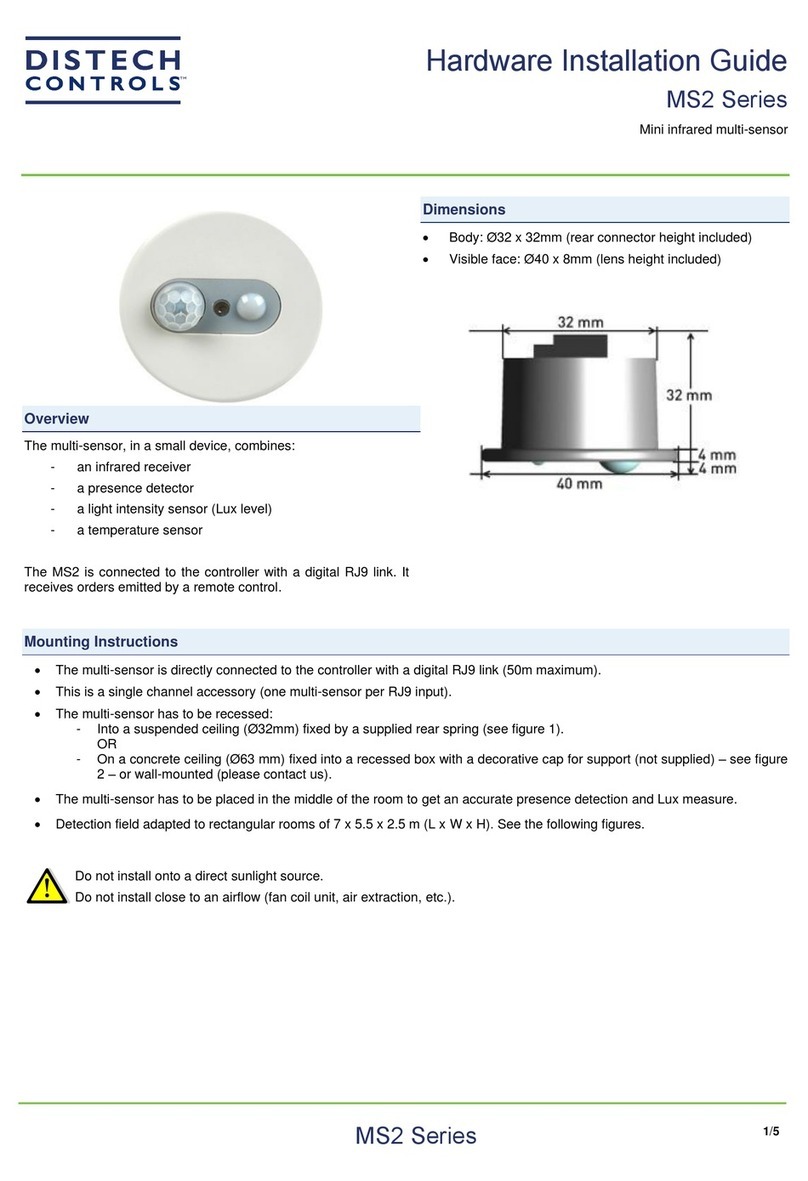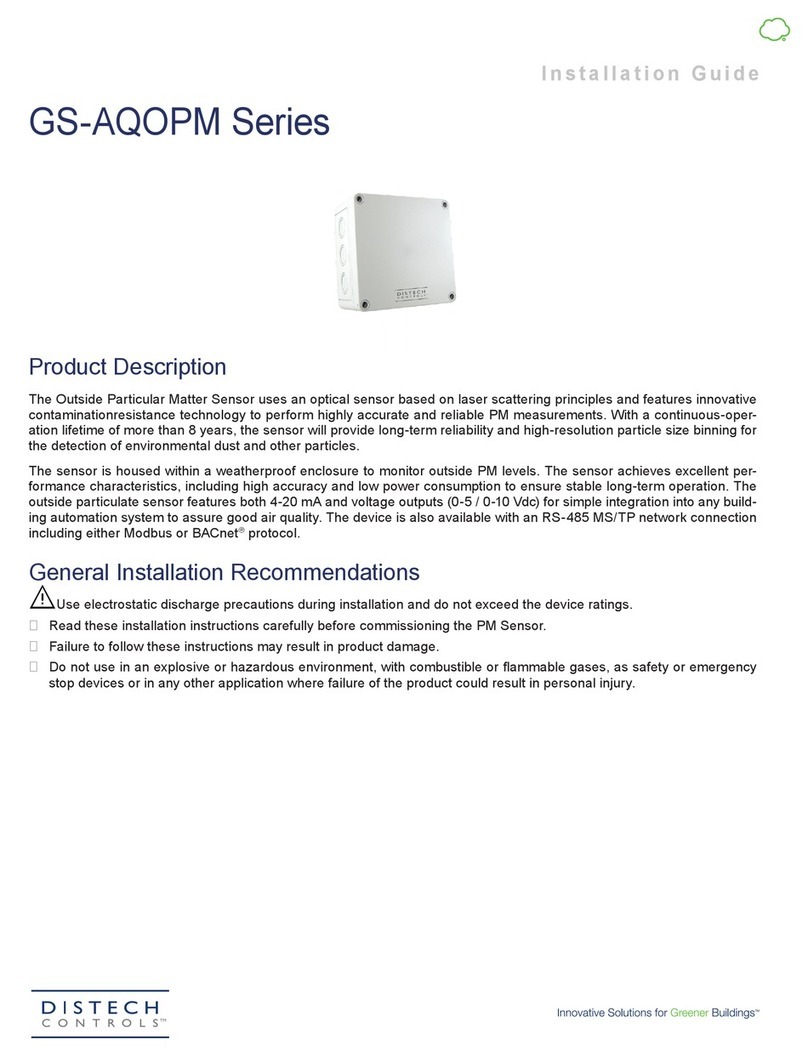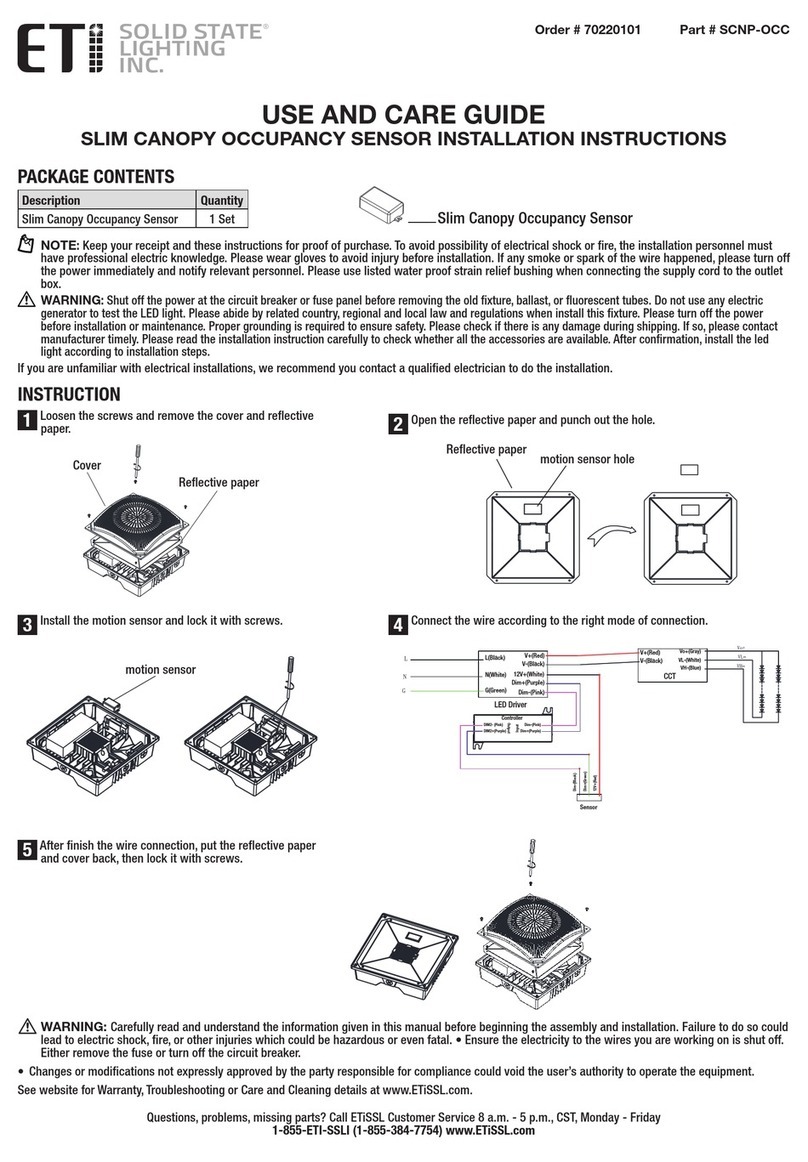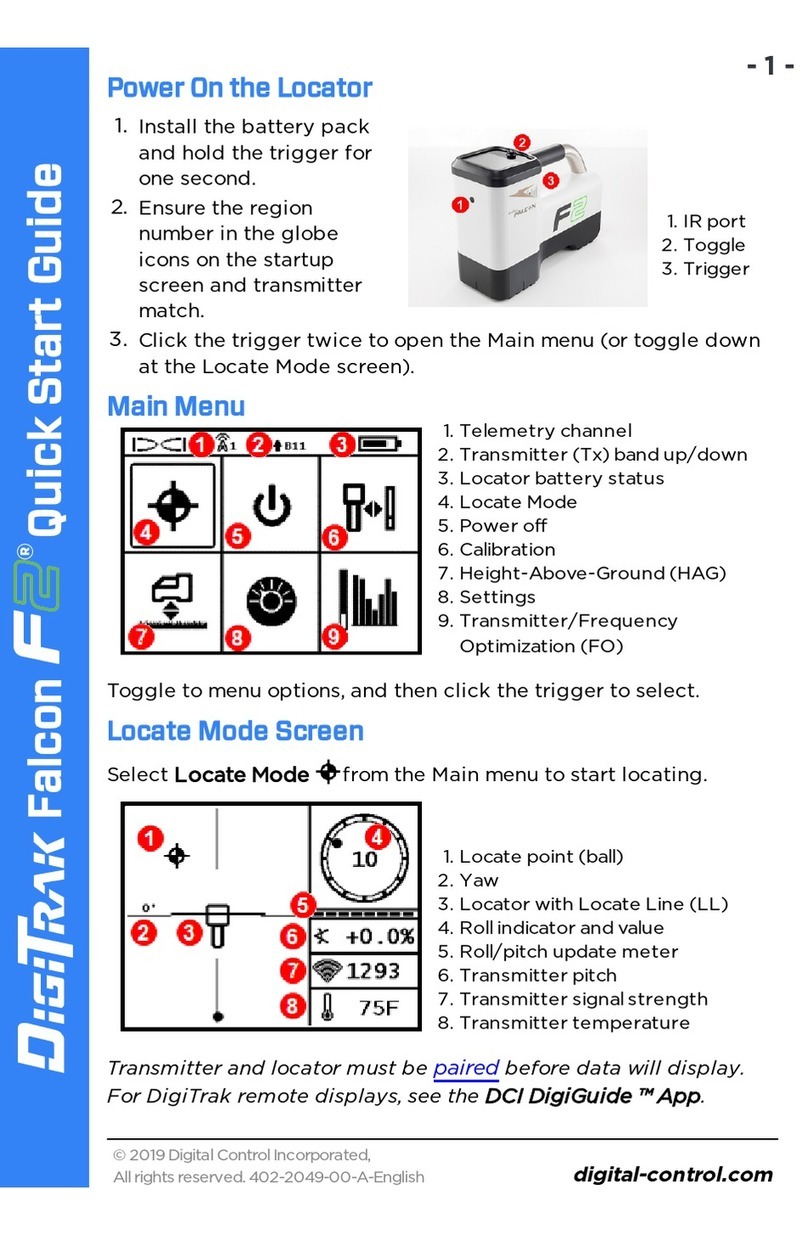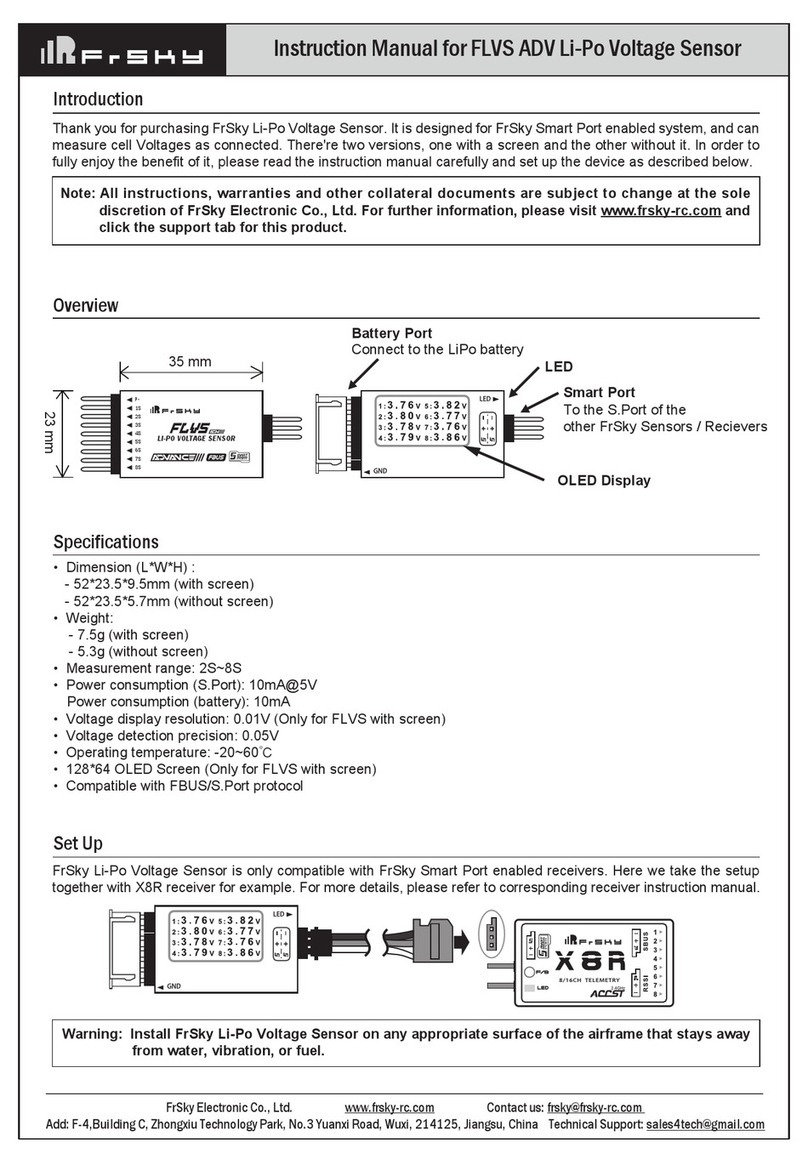Distech Controls GS-CDR20K Series Manual

Hardware Installation Guide
GS-CDR20K Series
Room Carbon Dioxide Detectors
Figure 1: GS-CDR20K Series Room Carbon Dioxide Detectors
Product Description
The GS-CDR20K Series are room carbon dioxide gas detectors.
These devices provide precision measurement of CO2gas. The GS-
CDR20K series uses a highly accurate and reliable Non-dispersive
Infrared (NDIR) sensor combined with state-of-the-art digital
linearization and temperature compensated circuitry in an attractive,
low profile enclosure for room applications to monitor room CO2,
levels.
A linear analog signal output of 4-20 mA, 0-5 or 0-10 Vdc is provided
for connection to a building automation system. Optional features such
as temperature sensor, setpoint adjustment, manual override and
adjustable relay output are available.
General Installation Requirements
For proper installation and subsequent operation of each device, pay
special attention to the following recommendations:
- Upon unpacking the product, inspect the contents of the carton for
shipping damages. Do not install damaged device.
- Avoid areas where corroding, deteriorating or explosive vapors,
fumes or gases may be present.
- Ensure that all equipment is installed according to local, regional,
and national regulations.
Personal injury or loss of life may occur if you do not follow a
procedure as specified.
Equipment damage or loss of data may occur if you do not
follow a procedure as specified.
Do not use in an explosive or hazardous environment, with
combustible or flammable gases, as a safety or emergency
stop device or in any other application where failure of the
product could result in personal injury.
Take reasonable precautions to prevent electrostatic
discharges to the controller when installing, servicing or
operating the controller. Discharge accumulated static
electricity by touching one’s hand to a well-grounded object
before working with the controller.
Mounting Instructions
The room type sensor installs directly on a standard electrical box and
should be mounted five feet from the floor of the area to be controlled.
Do not mount the sensor near doors, opening windows, supply air
diffusers or other known air disturbances. Avoid areas where the
detector is exposed to vibrations or rapid temperature changes.
The cover is hooked to the base at the top edge and must be removed
from the bottom edge first. Use a small screwdriver to carefully pry
each bottom corner if necessary. If a security screw is installed on the
bottom edge, then it may have to be loosened or removed also. Tip the
cover away from the base and set it aside.
The PCB must be removed from the base to access the mounting
holes. Follow usual anti-static procedures when handling the PCB and
be careful not to touch the sensors. The PCB is removed by pressing
the enclosure base to unsnap the latch near the bottom edge, then the
PCB can be lifted out of the base. Set the PCB aside until the base is
mounted on the wall.

2/5
After the base is screwed to an electrical box or the wall using the
appropriate holes, pull the wires through the wiring hole in the center of
the PCB and then reinstall it in the enclosure base. Ensure the PCB is
snapped into the base securely and correctly.
The mounting hole locations are shown in the following drawings:
Figure 2. Mounting Hole Locations
Wiring
Deactivate the 24 Vac/dc power supply until all connections are made
to the device to prevent electrical shock or equipment damage. Follow
proper electrostatic discharge (ESD) handling procedures when
installing the device or equipment damage may occur. Use 22 AWG
shielded wiring for all connections and do not locate the device wires in
the same conduit with wiring used to supply inductive loads such as
motors. Make all connections in accordance with national and local
codes.
This is a 3-wire sourcing device. Connect the plus DC or the AC
voltage hot side to the PWR terminal. The supply common is
connected to the COM terminal. The device is reverse voltage
protected and will not operate if connected backwards. It has a half-
wave power supply so the supply common is the same as the signal
common. Several devices may be connected to one power supply and
the output signals all share the same common.
Use caution when grounding the secondary of a transformer
or when wiring multiple devices to ensure the ground point is
the same on all devices and the controller.
The analog output is available on the CO2terminal. This signal is
switch selectable for either voltage or 4-20 mA active output. In voltage
mode the output is selectable for either 0-5 or 0-10 Vdc via the menu
(the factory default is 0-5 Vdc). The current output operates in the
active mode and does not require a loop power supply (the signal
current is generated by the transmitter and must not be connected to a
powered input or device damage will result). Check the controller
Analog Input to determine the proper connection before applying
power. Both current and voltage signals are referenced to the COM
terminal. The analog output signal is typically connected directly to the
Building Automation System (B.A.S.) and used as a control parameter
or for logging purposes.
The optional relay output is on the N.O. RELAY terminals. The relay
output is completely isolated and has a Normally Open (NO) signal.
This signal can be used to directly control an alarm or ventilation fan.
The optional override switch is a two-wire dry contact normally open
switch contact. The slide pot is a two-wire resistive signal that can vary
from 0-10K ohms (for example) with left-to-right slide pot action. Other
resistive values are available on request and the slide pot may be
configured as normal or reverse acting. These options share a single
common labelled S. COM and this is not connected to the power
supply COM.
The two-wire temperature sensor output is available with various RTDs
and thermistors to suit all control applications and is available on the
TEMP terminals.
Figure 3. Typical 4-20 mA wiring with 24 Vdc and all options
Figure 4. Typical 0-5 Vdc wiring with 24 Vac for CO2only

3/5
Start-Up
Verify the device is properly wired and connections are tight. Ensure
the V/I switch is set for the correct signal type. Apply power and the
LCD will indicate the software version number, the output signal type,
the relay setpoint (if installed), the CO2measurement range and then
the sensor will begin reading the CO2level, output the correct analog
signal and display the value on the LCD.
Output
The CO2output is scaled such that 4-20 mA (or 0-5/0-10 Vdc) equals 0
to Out_High. The factory default is 0-20,000 ppm. Out_High can be
changed in the Setup Menu and the output is scaled accordingly. If
using voltage output type, the default is 0-5 Vdc (0-10 can be selected
in the menu).
Operation
The output signal is available on the CO2terminal and is connected to
the BAS analog input which reads the signal and calculates the CO2
ppm value using correct scaling for the range and signal type. The CO2
value is used to control output ventilation devices or initiate alarms.
The CO2value is also displayed locally on the optional LCD.
If a relay is installed it can control a small fan or alarm by setting the
trip value and hysteresis to appropriate values.
If a temperature sensor is installed it will be wired to an analog input of
the BAS that is set for the specific resistance type. This could be a 10
KΩthermistor, a 1000 ohm RTD or other sensor values. The BAS
reads the resistance signal and converts it to a temperature value.
The override switch provides a dry contact closure to a digital input of
the BAS. The slide pot can be connected to another analog input and
will provide a linear signal such as 0-10 KΩto be used as a setpoint
control.
Calibration
Calibration with gas requires a field calibration kit with pressure
regulator, necessary tubing and appropriate bottles of CO2gas
The GS-CDR20K series dual-channel sensors with extended range
requires a 3-point calibration with 0, 1000 and 20,000 ppm gas (in
order).
0 PPM Calibration
1. Turn the regulator knob off and attach it to the Nitrogen gas bottle
and hand tighten.
2. Remove the cover of the unit to be calibrated to expose the gas
sensor chamber.
3. The tubing from the gas bottle can be connected to either port on
the chamber after the plastic cap is removed.
4. Gently remove one cap and connect the tubing. Note that strong
shock or vibration can affect calibration.
5. Ensure the device has been operating normally for at least five
minutes before applying gas.
6. Turn the valve knob on the regulator to start the gas flow. The
regulator will restrict the flow rate to the specified 100 ml/min.
7. After a brief period the gas will flow into the chamber. Wait 1 to 2
minutes until the CO2stabilizes.
8. Enter the Setup menu and use the <MENU> key to advance to
Calibrat 0 PPM.
9. Press and hold the <SAVE> key for 2 seconds and the display will
change to Waiting Calibrat then to Waiting 5 minute to indicate
that the process of setting the internal calibration is taking place.
10. This takes about 5 minutes while the LCD counts down. Do not
disturb the unit or the gas flow. When complete the unit will
display the ppm value and Cal Done.
11. Press the <SAVE> key to return to normal operation and shut the
gas off.
1000 PPM Calibration
1. Connect the 1000 ppm CO2gas bottle and apply the gas as before.
The CO2reading on the LCD will begin to approach 1000 ppm. Wait
1 to 2 minutes until the CO2reading stabilizes.
2. Enter the Setup menu and use the <MENU> key to advance to
Calibrat 1000 PPM.
3. Press and hold the <SAVE> key for 2 seconds and the display will
change to Waiting Calibrat then to Waiting 5 minute to indicate
that the device is calibrating. Again, this process takes about 5
minutes. When calibration is complete the unit will display the
ppm and Cal Done.
4. Press the <SAVE> key to return to normal operation and shut the
gas off.
20,000 PPM Calibration
1. Connect the 20,000 ppm CO2and apply the gas as before. The
LCD will begin to approach 20,000 ppm. Wait 1 to 2 minutes until
the CO2reading stabilizes.
2. Enter the Setup menu and use the <MENU> key to advance to
Calibrat 20,000 PPM.
3. Press and hold the <SAVE> key for 2 seconds and the display will
change to Waiting Calibrat then to Waiting 5 minute.
4. Again, wait 5 minutes and when calibration is complete the unit
will display the ppm and Cal Done.
5. Press the <SAVE> key to return to normal operation and shut the
gas off.
6. Disconnect the tubing and replace the cap on the sensor chamber
as calibration is complete.
Setup Menu
The menu has several items shown below. Some items change
depending on the hardware configuration and the CO2sensor.
To enter the menu, press and release the <MENU> key while in
normal operation.
This will enter the SETUP menu step 1, pressing the <MENU> key
again advances to step 2.
Each press of <MENU> advances the menu item. No values are saved
or changed by using <MENU>.
The <ROLL> key is used to make changes to program variables by
scrolling through the available options. When a value is changed, use
the <SAVE> key to save it to memory and advance to the next menu
item.
1. Press and release the <MENU> key to enter the SETUP menu.
- If the 20,000 ppm CO2range is installed (GS-CDR20K models)
a) Out High: The default CO2range is 0-20,000 ppm. The
span can be changed from 2000 to 20,000 ppm in
increments of 500. Use the <ROLL> key to change the
value and <SAVE> to save. The factory default is 20,000
ppm.
2. Altitude: The default is 0 feet. Change by using the <ROLL> key
from 0 to 5000 feet in 500 feet increments. Change for CO2local
altitude correction and press <SAVE> to save a change.
Items 3, 4 and 5 are only available if the Relay Option is installed,
otherwise the menu skips directly to step 6.
3. Relay SP: The relay trip setpoint default is 1000 ppm. It can be
changed from 500 to 15,000 ppm. Save changes by using the
<SAVE> key.
4. Relay Hy: The relay hysteresis default is 50 ppm. This can be
changed from 25 to 500 ppm. Use <SAVE> to save any change.
5. Relay: Use the <ROLL> key to toggle the relay ON or OFF for
testing purposes. Press either <SAVE> or <MENU> to turn the
relay off and advance to the next item.
6. Out Type: For voltage, the factory default output type is 0-5 Vdc.
Use the <ROLL> key to change the value to 0-10 Vdc if
necessary. Press the <SAVE> key to save. If the switch is set to
mA, then 4-20 mA is displayed.

4/5
7. Output: Use the <ROLL> key to toggle the output OFF (normal
operation), MIN (minimum output) or MAX (maximum output) for
testing purposes. Press either <SAVE> or <MENU> to set it back
to OFF and advance to the next item.
8. Calibrat: This item is used for 0 ppm gas calibration and is
explained in the Calibration section.
9. Calibrat: This item is used for 1000 ppm gas calibration and is
explained in the Calibration section.
10. Calibrat: This item is used for 20,000 ppm gas calibration and is
explained in the Calibration section.
Item 12 is only available if the cover is equipped with a viewable LCD,
otherwise the menu skips directly to step 13.
11. BackLite: Use the <ROLL> key to enable or disable the LCD
backlight. When enabled the backlight is always on, when
disabled it never lights. Press the <SAVE> key to save the
setting. The factory default is Enable.
12. Restore: Press the <SAVE> key to restore calibration to original
factory settings.
13. Menu: Press <SAVE> to exit the menu and return to normal
operation or <MENU> to repeat the menu.
Product Components
Figure 5. Product Components

©, Distech Controls Inc. 2022 All rights reserved.
Distech Controls is not responsible for damages or claims arising out of improper or careless installation or handling of its products. Persons using this manual are assumed to be trained
HVAC specialist / installers and are responsible for using the correct wiring procedures and maintaining safe working conditions with fail-safe environments.
Global Head Office - 4205 place de Java, Brossard, QC, Canada, J4Y 0C4 - EU Head Office - ZAC de Sacuny, 558 avenue Marcel Mérieux, 69530 Brignais, France
5/5 GS-CDR20K_IG_10_EN
Dimensions
Figure 6. GS-CDR20K Series Dimensions shown in inches (millimeters).
Table of contents
Other Distech Controls Security Sensor manuals
Popular Security Sensor manuals by other brands
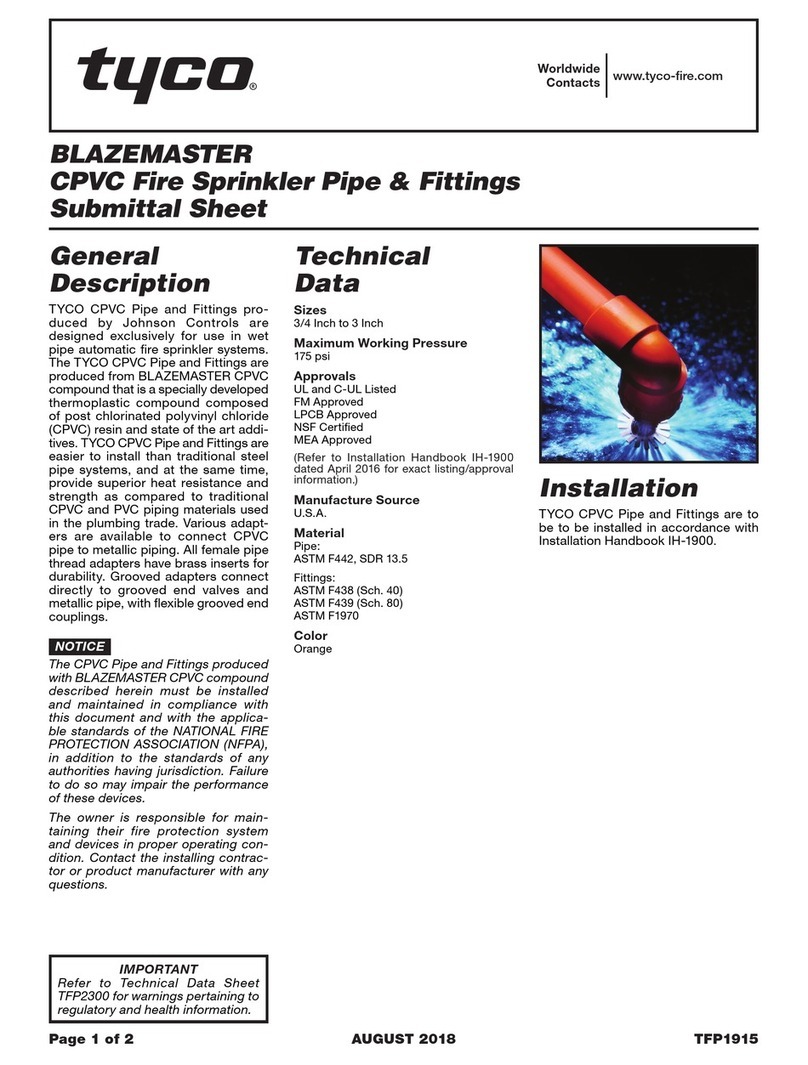
Tyco
Tyco BLAZEMASTER CPVC manual

bolid
bolid S2000-IP-03 user manual
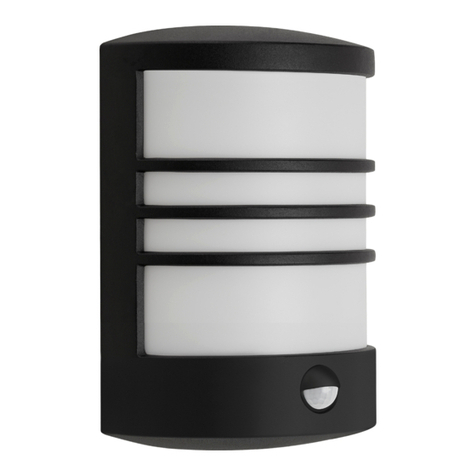
Telefunken
Telefunken HVMM LICHT MAL 31550xTF Mounting instructions
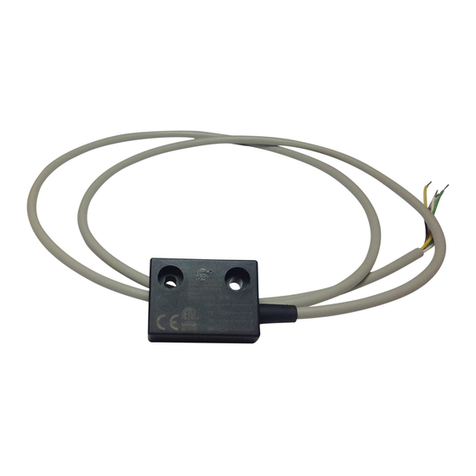
elobau
elobau 153 Series Translation of the original operating instructions
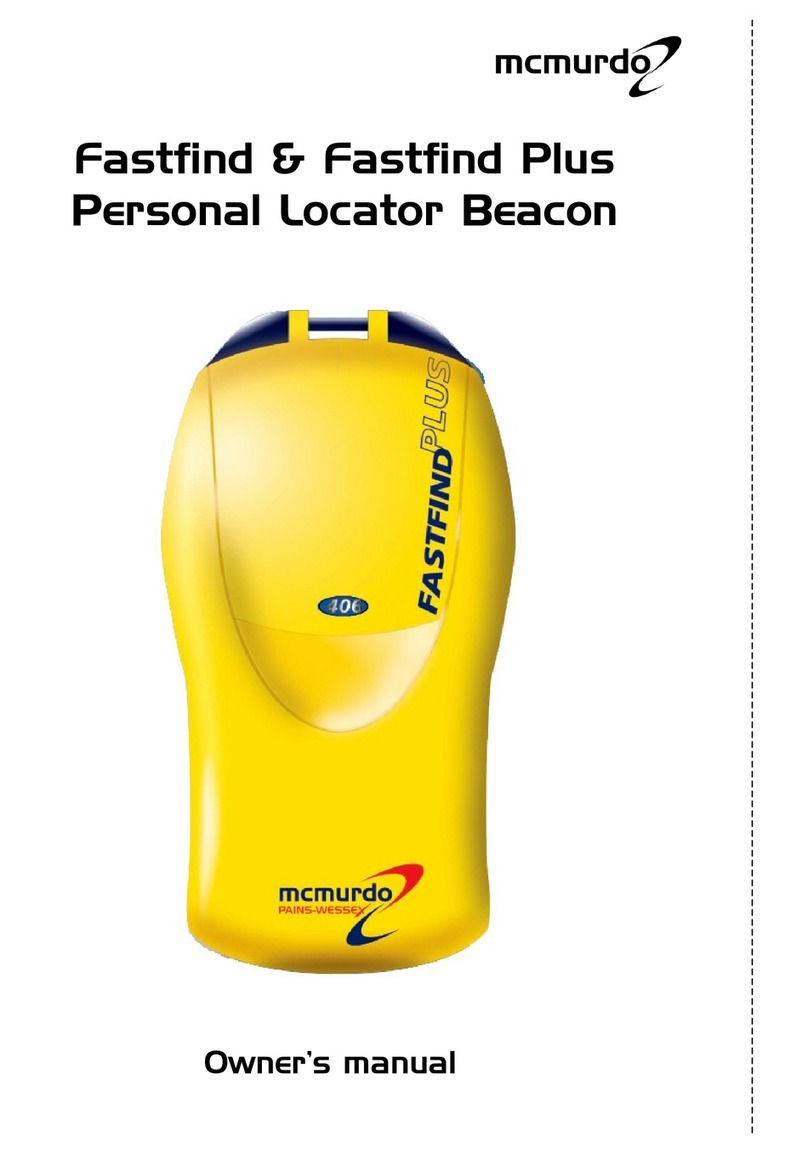
mcmurdo
mcmurdo Fastfind Plus owner's manual
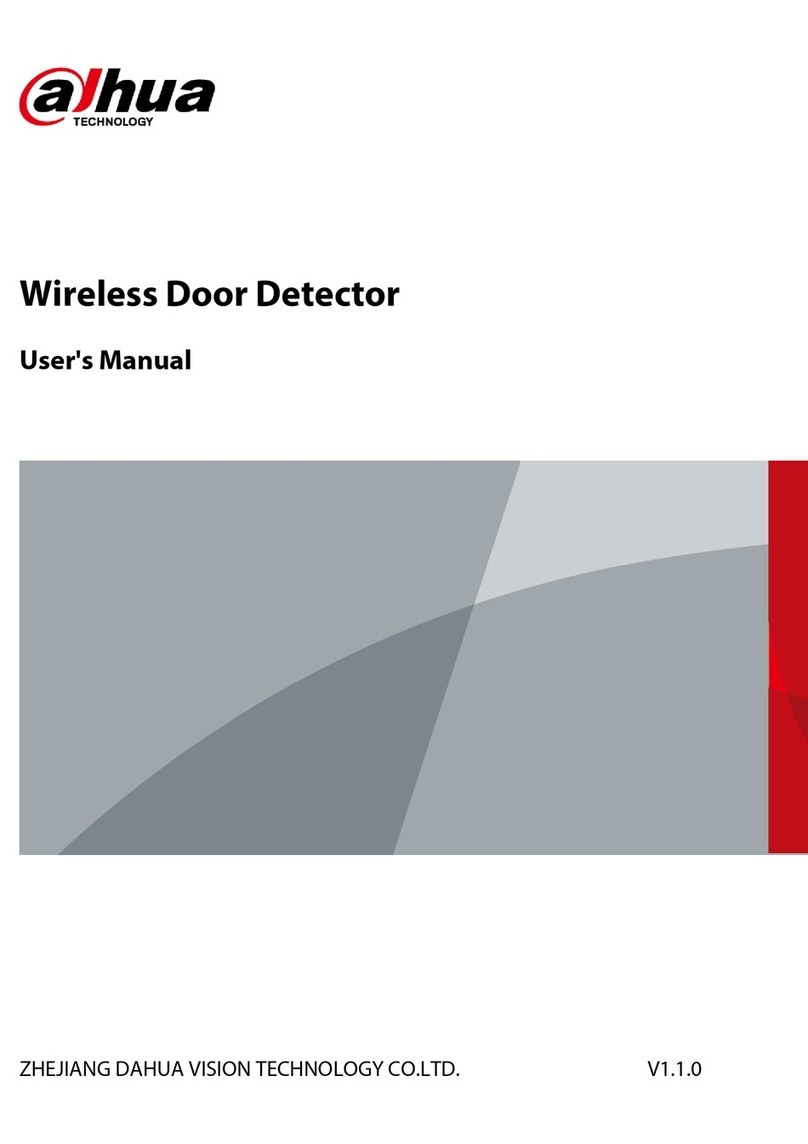
Dahua Technology
Dahua Technology DHI-ARD323-W2 user manual

mothercare
mothercare wood effect corner cushions user guide
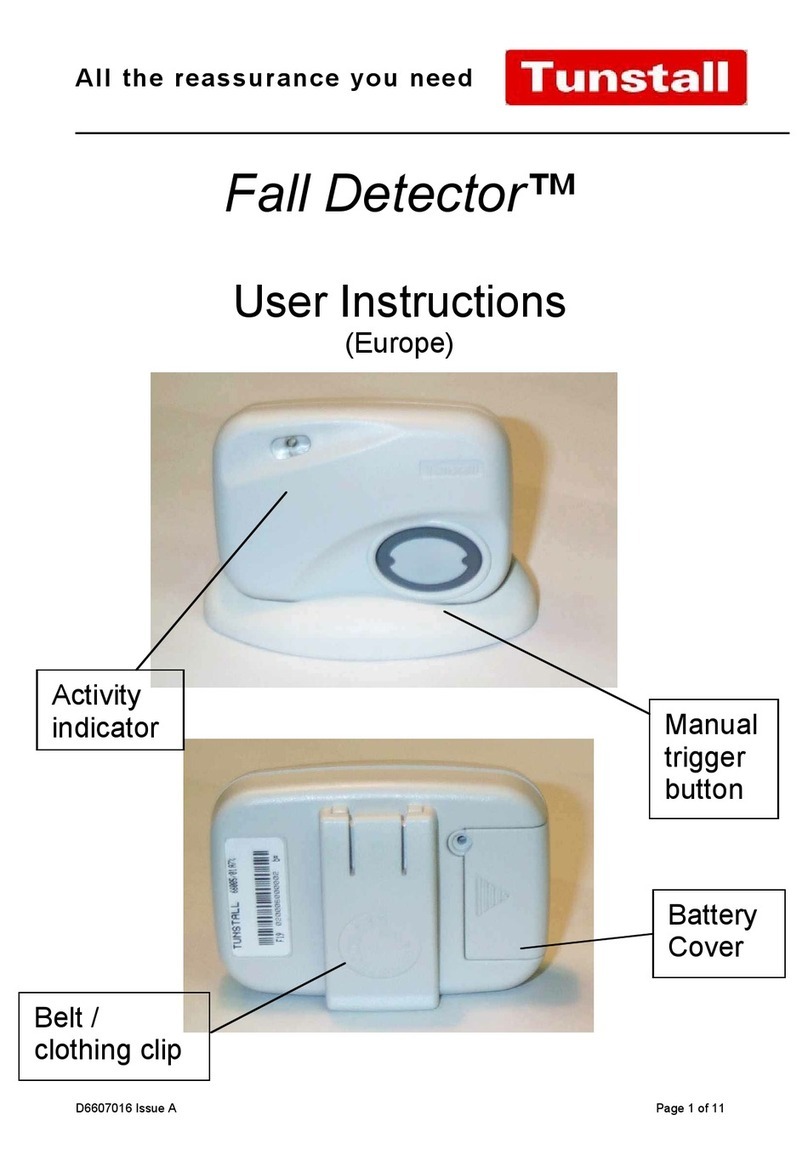
Tunstall
Tunstall Fall Detector 66000/01 User instructions
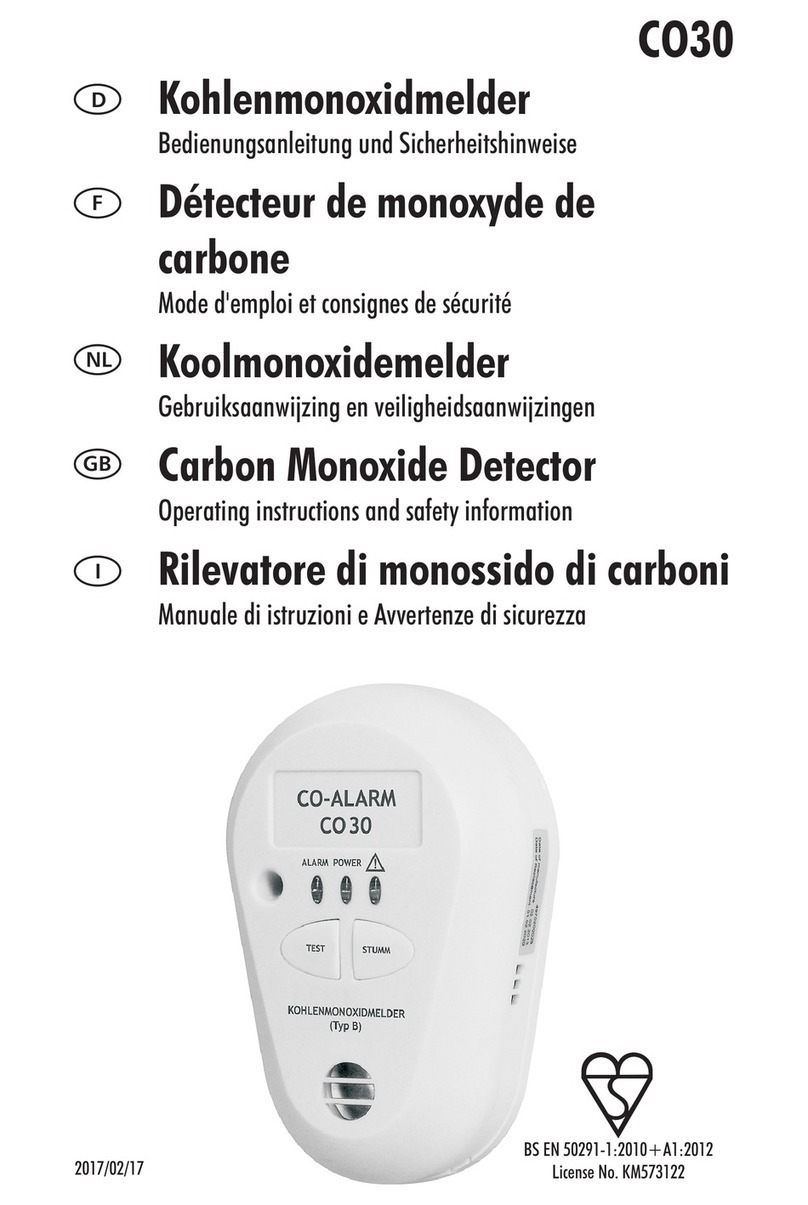
Pentatech
Pentatech CO30 Operating instructions and safety instructions

HomeMatic
HomeMatic HM-Sec-MDIR-2 Installation and operating manual
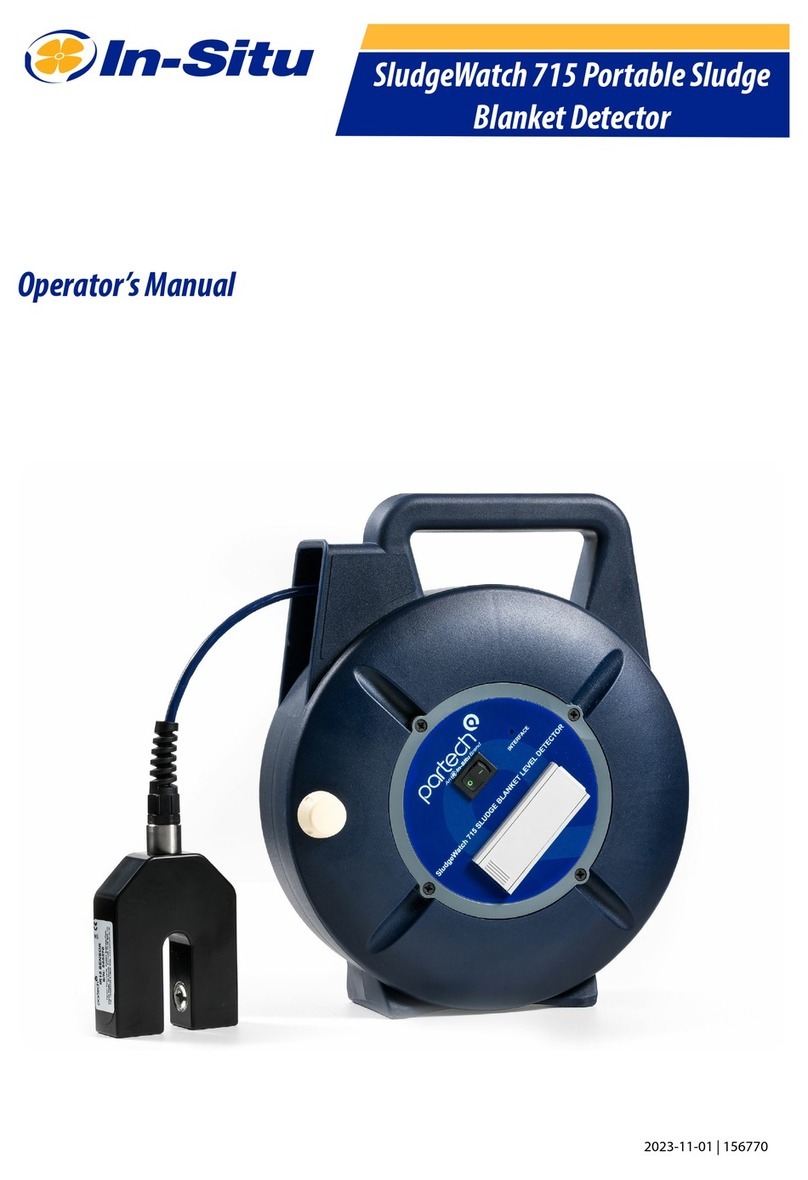
ParTech
ParTech 715 Operator's manual

Atal
Atal AT-VLC-ND-A1-PID user manual
